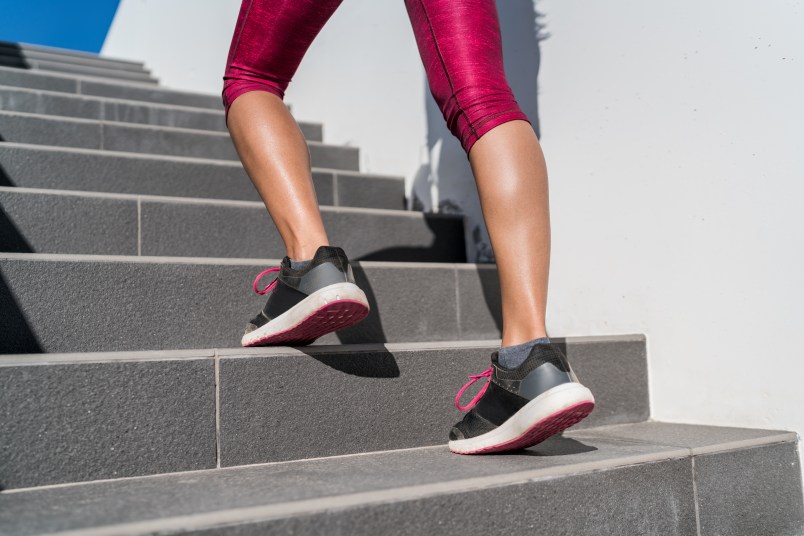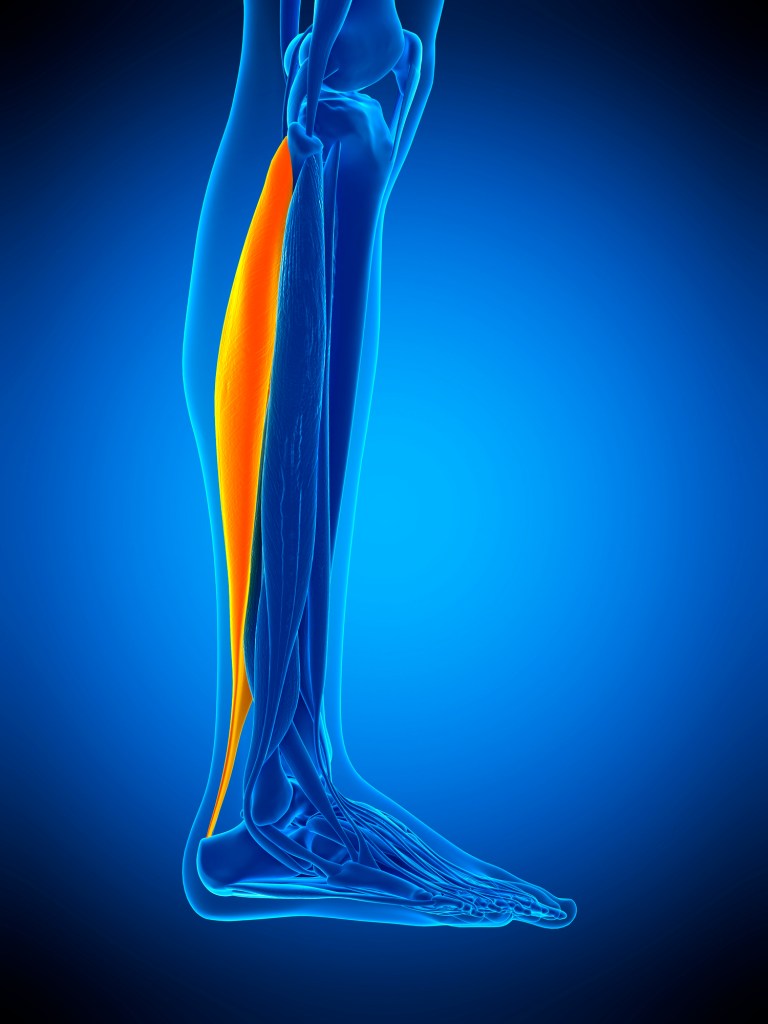Exercising This Muscle May Help Prevent Dementia and Parkinson’s Disease — Plus 2 Moves to Try

We can absolutely reduce the risk of cognitive decline as we age. Sure, genetics factor in, but ultimately, lifestyle plays a big role in how long our brains stay sharp. And while we might typically think about diet changes that preserve brain health, exercising the right way can also work to prevent conditions like dementia — especially if you’re working the calf muscles.
Blood Pressure And The Brain
So what do the calf muscles have to do with the brain? It’s all got to do with your blood pressure. Several studies have shown that chronically low blood pressure increases the risk of dementia and age-related cognitive decline — and you can boost your blood pressure by exercising your calves.
Research from a 2017 study published in Alzheimer’s Research and Therapy which followed over 24,000 people for up to 27 years concluded that low blood pressure could be considered a predictor of cognitive decline and dementia diagnosis independent of other factors like age, sex, weight, and cardiovascular health.
Another team of scientists from the Clinical Science and Engineering Research Lab at Binghamton University are diving further in to try and understand how blood pressure and cognitive function are related. For their research, they are using a tool approved by the FDA to evaluate cognitive function in people over the age of 50.
The online test, which takes about 10 minutes to complete, assesses cognitive function on a scale of 0 to 100. A score above 75 places the person in the expected cognitive function range for their age, and scores between 50 and 75 indicate that a person is in the below-normal range, and is therefore at increased risk of developing dementia. A score below 50 indicates that the person is already dealing with many symptoms of dementia.
The researchers are comparing these scores to the subjects blood pressure readings. Interestingly, they found that those who had consistently low resting blood pressure — which is your blood pressure reading after you have been sitting quietly for 10 to 15 minutes in a non-stressful environment — scored the lowest on the cognitive assessment test.
Previous research has indicated that specifically, diastolic blood pressure (that’s the second number you get when you’re given a BP reading) is more correlated with cognitive performance than systolic BP, and this study found the same. For the purposes of this research, diastolic BP readings under 80 were considered low, though the researchers warn that some adults may naturally have a lower-than-normal resting BP, so it’s best to check with your doctor.
Blood Pressure and the Calf Muscles
Low diastolic BP can be caused by several factors like heart failure or certain medications, but according to Kenneth McLeod, one of the scientists involved in this research, “it is simply a matter of the heart not pumping out enough blood” — a condition called low cardiac output.

McLeod suggests that the soleus muscles, which are found in the calves (see above), are the main muscles that pump blood back up to the heart. He and his team, through their research, have demonstrated how resting diastolic blood pressure is influenced by the soleus muscles. According to their findings, one can improve blood pressure and blood flow to the brain by retraining their soleus calf muscles. In fact, other experts have even called the legs “the second heart!”
The soleus muscles are deep postural muscles that helps us point our toes. Preliminary research has shown that stimulating the soleus muscles raises diastolic blood pressure and, furthermore, has even been associated with a reverse in age-related cognitive impairment — pretty interesting, right?
Working the Calves
You can increase blood flow in the calves and soleus muscles in a few ways. You can choose a form of “passive exercise” with electrical or mechanical soleus stimulation in a physical therapists office or with a manual at-home massage gun, which have both shown to boost blood flow to the heart. You can also strengthen those muscles with exercises. You’ll need to focus on strength-building, resistance exercises that work the soleus, like toe-stands or squats.
To start off, try holding a toe-stand for 15 to 30 seconds, resting for 15 seconds, and performing five rounds. Alternatively, do five rounds of 10 slow squats. Over time, you can gradually make your leg workout harder as you get stronger!
There is currently no known cure for dementia, but research like this helps us to understand how we can make small adjustments to our daily lives that may help preserve our brain health. We hope this information gives you a dose of motivation to get those legs moving!
This article originally appeared on our sister site, Woman’s World.













